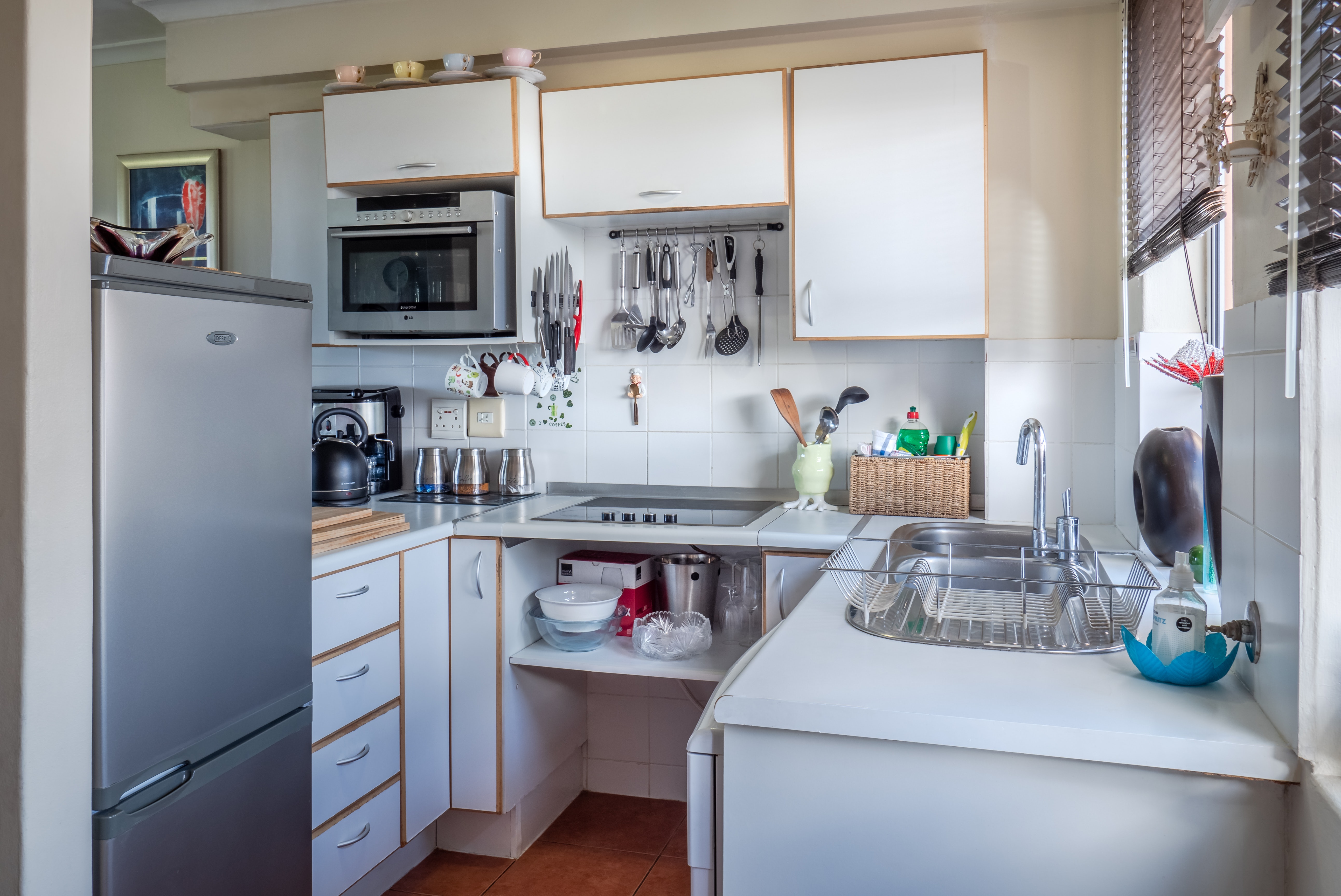FREEZER AND REFRIGERATOR TROUBLESHOOTING TIPS
Refrigerator troubleshooting isn’t a precise science, but there’s a lot that the home user can do to attempt to fix refrigerator or freezer problems. Hopefully, these handy freezer and fridge troubleshooting tips can help you out of a pinch without hiring a professional.
Check for Power First
Power can be the answer to many refrigerator or freezer problems. Check that the refrigerator is securely plugged in, and that the fuse or circuit is fully functional. If your fridge or freezer has power but still has issues, make sure you unplug it or turn off the circuit breaker before doing any refrigerator troubleshooting to avoid electrocution.
Check Cords for Wear
Sometimes refrigerator or freezer cords get damaged during normal use. The cord could get pinched under the machine and short out over time, or an extension cord could go bad. Take extension cords out of the circuit, and examine the fridge or freezer cord for signs of damage. If the cord is pinched or cut, you may need to replace it.
Light Works, but Refrigerator Isn’t Running
First, check the adjustable temperature setting knob inside the refrigerator or freezer. These knobs are typically along the top of the fridge near the light assembly, or along the side of the fridge or freezer. If the temperature is at a low setting, turn it up to make the fridge colder.
If the refrigerator compressor doesn’t kick on, check the fridge for airflow. You should leave at least three inches between the refrigerator and walls, and an inch at the top to provide air flow and prevent overheating. Try unplugging the refrigerator for a couple of hours, and then plugging it back in again. If the compressor turns on, it’s overheating. Try cleaning the condenser coils underneath the fridge as well. Dust that builds up makes it harder for the condenser to work, which can cause overheating.
Refrigerator Works, but Light Doesn’t
Sometimes light bulbs inside a fridge or freezer burn out. Light bulbs are one of the easiest refrigerator parts to replace. Simply take the bulb out, find a matching bulb and install it. If the light still doesn’t work, it’s probably a problem with the door switch. Try manipulating the door switch manually; if you can’t get the light to work, the switch or assembly may be defective.
It’s Not Cold Enough
If your appliance isn’t cold enough, check the temperature selector first. If it’s set low, turn the setting up and see if the fridge or freezer gets cooler. Next, check that there’s proper air flow around the appliance, and that vents are clear. If that doesn’t resolve the problem, the condenser coils may need to be cleaned; fuzzy or clogged condenser coils won’t cool the refrigerator’s interior properly. Check the seals to make sure the door is sealing properly and keeping cold air inside. Defrost the freezer to see if that corrects the problem. If none of these steps work, you may need to consult a professional.


